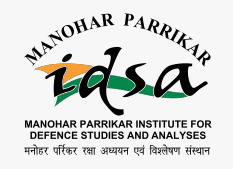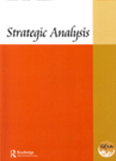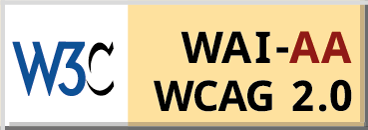Japan’s Security Concerns and Policy Responses
Japanese foreign policy and security perceptions have undergone a perceptible and steady change over the past decade, especially under the leadership of former Prime Minister Koizumi (2001-2006). Its support for the US war on terror was a significant step in its growing international politico-security profile.
- Arpita Mathur |
- July 2006 |
- Strategic Analysis




